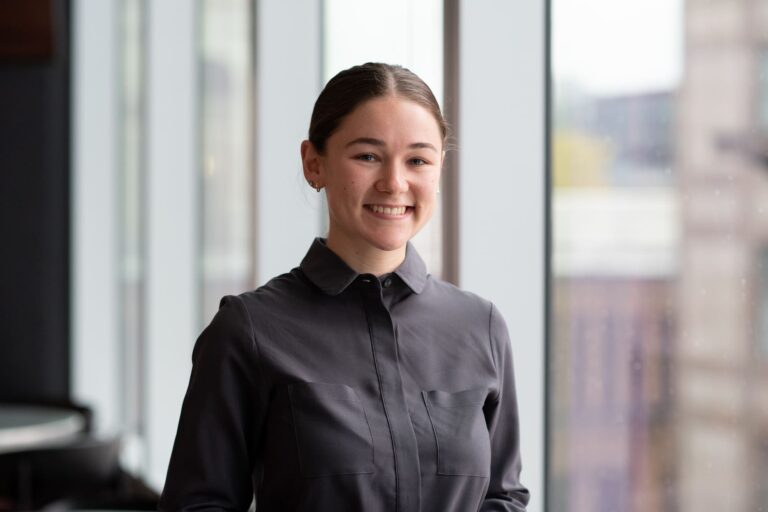Previously, we reported the preliminary opinion of the Advocate General (AG); a summary of the background of the two cases and a discussion of the AG’s opinion can be found here. As promised, we provide below an update now that a decision has been handed down from the CJEU.
The decision of the CJEU follows several earlier decisions in relation to the interpretation of Articles 3(a) and 3(c) of Regulation No. 469/2009 (the ‘SPC Regulation’). By way of reminder, in both referred cases, a first SPC was granted to a first single active ingredient and a second SPC was then granted to a combination of the first active ingredient and a second active ingredient which was already known at the priority date of the patent. The Finnish Market Court and the Irish Supreme Court both requested a preliminary ruling from the CJEU for clarification on how to apply Article 3 in this scenario.
The CJEU distilled the referred questions into three main questions. These are summarised below together with the response of the CJEU.
First, the CJEU set out to answer whether Article 3(c) of the SPC Regulation, which requires that “the product has not already been the subject of a certificate”, precludes the grant of a SPC for a product which contains two active ingredients when one of the active ingredients has already alone been the subject of a SPC and is the only one to have been disclosed by the basic patent, and the other active ingredient was known at the filing date or priority date of that patent. The CJEU emphasised that for all requirements of Article 3 of the SPC Regulation, the term “product” must be interpreted as it is defined in Article 1(b) of the SPC Regulation (i.e. that ‘product’ means the active ingredient or combination of active ingredients of a medicinal product). Therefore, whether two products are the same is assessed only by comparison of the active ingredients of those products. Under this interpretation, a combination of active ingredients would be considered as a different product for the purpose of Article 3(c) of the SPC Regulation even if a SPC to one of the active ingredients alone had already been granted. The CJEU also clarified that whether the active ingredients are “protected by the basic patent” as per Article 3(a) of the SPC Regulation is irrelevant when considering Article 3(c) of the SPC Regulation, thus dismissing the conclusions of earlier cases Actavis I and Actavis II.
Second, the CJEU considered whether Article 3(a) of the SPC Regulation, which requires that “the product is protected by a basic patent in force”, must be interpreted as meaning that it is sufficient for a product to be expressly mentioned in the claims of the basic patent for that product to be regarded as protected by that patent within the meaning of Article 3(a) of the SPC Regulation. The CJEU clarified that the two-stage test of Teva I applies generally, whether or not a product is expressly mentioned in the claims. In other words, it is not sufficient for a product to be expressly mentioned in the claims to be considered protected by the basic patent. Instead, the CJEU asserted that it is necessary for the combination product to “fall, from the point of view of a person skilled in the art, and in the light of the description and drawings of that patent, under the invention covered by that patent at the filing date or priority date”.
Third, the CJEU considered whether Article 3(a) of the SPC Regulation must be interpreted as meaning that a combination product consisting of active ingredients A+B is protected by a basic patent if A and B are expressly mentioned in the claims of that patent and the specification teaches that A may be used as a medicinal product for human use alone or in combination with B, which is an active ingredient in the public domain at the filing date or priority date of that patent. The CJEU ruled that this scenario would satisfy the requirements of Article 3(a) of the SPC Regulation provided that the combination of A+B “necessarily falls under the invention covered by the same patent”. The CJEU commented that the patent specification must disclose how the combination of A+B “is a feature required for the solution of the technical problem” disclosed by that patent.
The decision of the CJEU is largely in line with the preliminary opinion of the AG and at least sheds some light on the interpretation of Article 3(c) of the SPC Regulation when dealing with combination products. It is also clear that mere mention of a product in the claims is insufficient for that product to be the subject of a SPC. The decision still leaves the question of how to assess whether the product ‘falls under the invention covered by the patent’ for the purpose of Article 3(a) of the SPC Regulation. The CJEU did not provide much guidance in this regard beyond stating that disclosure in a patent of a synergistic effect of two active ingredients in a combination product which contributes towards the solution of the technical problem necessarily falls under the invention covered by that patent. Beyond the more straightforward examples of synergistic combinations, we may continue to see divergent decisions from the national patent offices as they assess whether a given combination is a feature required to solve the technical problem. Other questions remain, such as how much detail needs to be disclosed in the patent and whether post-filed data would ever be permitted to support an assertion that a combination product contributes to the solution of the technical problem.
If you have any questions relating to SPCs, please do get in touch with your usual Boult representative.



